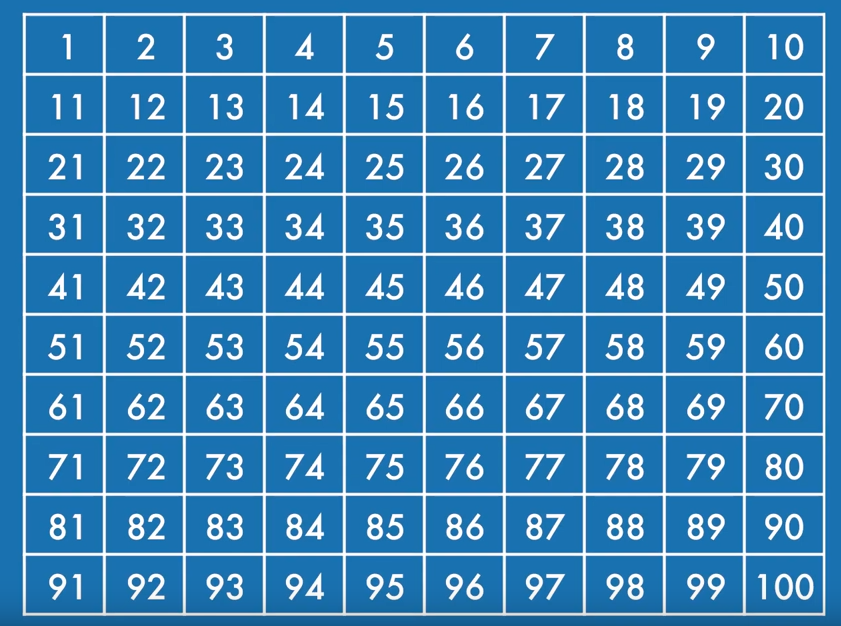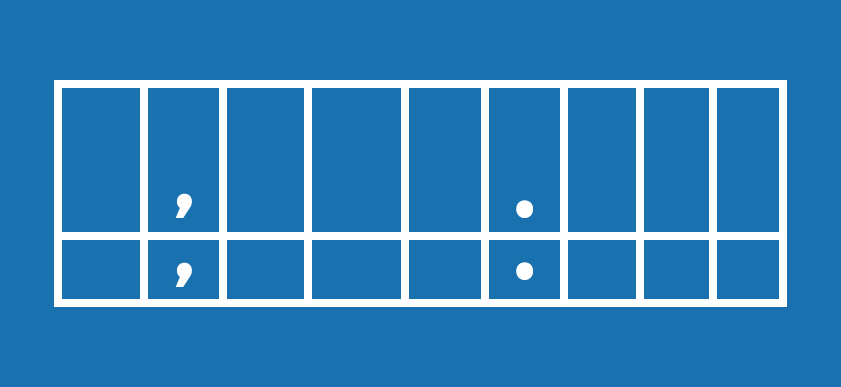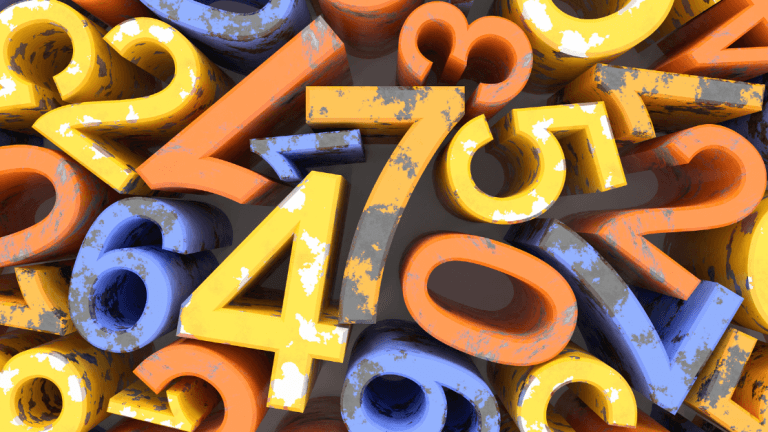Supporting students during the State of Texas Assessments of Academic Readiness or STAAR testing starts long before the actual test day. This includes understanding what supplemental aids are allowed for math. If you’re teaching students who receive Special Education or 504 services, you may be able to provide paper-based tools to support their success.
Let’s examine the supplemental aids for math allowed on the STAAR, what needs modifying, and how to ensure your students are test-day-ready.
What Are Supplemental Aids?
Supplemental aids are paper-based resources that help eligible students recall critical information. According to the Texas Education Agency (TEA) guidelines, students may use these aids if:
- They qualify for Special Education or 504 services, and
- The aid is documented in their Individualized Education Program (IEP) or Individual Accommodation Plan (IAP), or
- A Response to Intervention (RtI) or student support team determines a need and documents it according to district policies.
The aid must also be used routinely, independently, and effectively during classroom instruction and testing.
Watch this short video that explains the different types of supplemental aids available during testing.
6 Allowable Math STAAR Supplemental Aids

1. Blank Graphic Organizers
One example of a blank graphic organizer is Gallon Man, a classic teaching tool for volume conversion. He helps students remember how many pints are in a quart or how many quarts are in a gallon. However, for STAAR, you’ll need a stripped-down version. TEA states, “Blank graphic organizers may not contain titles, words, labels, colors used as labels, pictures, acronyms, mnemonics, numbers, symbols, or variables. Images of blank graphic organizers that are visible to all students must be covered or removed from the testing environment prior to testing.”
| Allowed | Not Allowed |
|---|---|
| Any version with all titles, labels, numbers, symbols, and colors removed | Any version with text, color-coding, or instructional cues |
2. Mnemonic Devices
Teachers often introduce the popular phrase “Please Excuse My Dear Aunt Sally” (PEMDAS) at some point during our education. This mnemonic device or memory aid helps students remember the order of operations in mathematics. It stands for Parentheses, Exponents, Multiplication, Division, Addition, and Subtraction. As a result, this order ensures everyone arrives at the same answer when solving mathematical expressions. Students can use this on test day if it’s just the phrase or acronym PEMDAS.
| Allowed | Not Allowed |
|---|---|
| The phrase or acronym only | Subject-specific words such as Parentheses, Exponents, Multiplication, Division, Addition, Subtraction, and the mathematical symbols associated with the words |

3. Number Chart
According to TEA, educators may use a number chart (e.g., 100 chart), but they may not indicate special numbers, such as by highlighting or circling prime numbers within the body of the chart.
| Allowed | Not Allowed |
|---|---|
| Standard number charts (e.g., 100 chart) without special numbers indicated | Any chart with highlighting, circling prime numbers, or multiplication and addition charts |

4. Place Value Charts
Place value charts support number sense. Students could learn about place values by using a chart like the one shown. The TEA approves grade-appropriate place value charts for testing. The chart may contain commas and decimals in the appropriate places; however, according to TEA, it may not contain place value labels such as words or numbers as specific examples.
| Allowed | Not Allowed |
|---|---|
| Charts without numbers or labels, with commas and decimals only | Charts showing place value names of digits |

5. Pictorial Models of Fraction Bars or Circles
Fraction visuals are great for conceptual understanding. Models used during regular instruction contain labels for fractions and equivalencies. Remove these for test day.
| Allowed | Not Allowed |
|---|---|
| Visual models with no labels or equivalency markings | Labeled fraction bars or pie charts |
6. Pictorial Models of 2D or 3D Figures
During regular instruction, you might provide pictorial models showing various figures in 1D, 2D, and 3D formats, all side-by-side. These models help your students understand dimensions and areas. These supplemental aids cannot have labels, numbers, variables, or symbols during testing. During testing, educators may only use certain types of charts. For example, TEA allows a pictorial model of a geometric figure in either 3D or 2D format, but not both. Educators may not provide a pictorial model in one form (e.g., a net) and a manipulative of the same figure in another form (e.g., a three-dimensional solid).
| Allowed | Not Allowed |
|---|---|
| A pictorial model of either a 2D or 3D figure, without labels or symbols | Side-by-side comparisons of both 2D and 3D versions |
The Golden Rule of Aids
Personalized supplemental aid is the best approach. Take time to consider which models will help each student process and apply math concepts independently. Knowing your students’ learning needs is the most important part of building effective supports. Another great ESC Region 13 resource is the Accommodation Central website. Visit today and search the learning library for accommodations that might help your students.
Need More STAAR Support?
Check out our STAAR Stuff video series for hands-on strategies and ready-to-use tips tailored for Texas educators. Visit our STAAR website for additional resources, learning paths, and FAQs. Join our subscriber list and stay updated with the latest STAAR information. Be sure to explore our blog for more articles about STAAR.
Holly Zeiner is the Content Marketing Specialist at ESC Region 13.






Add comment